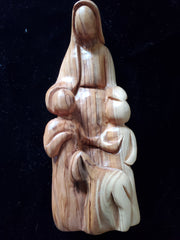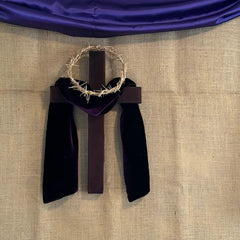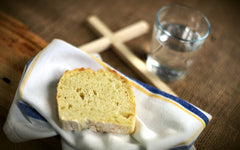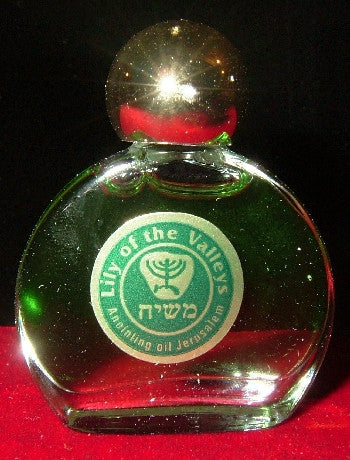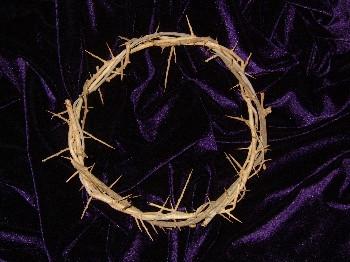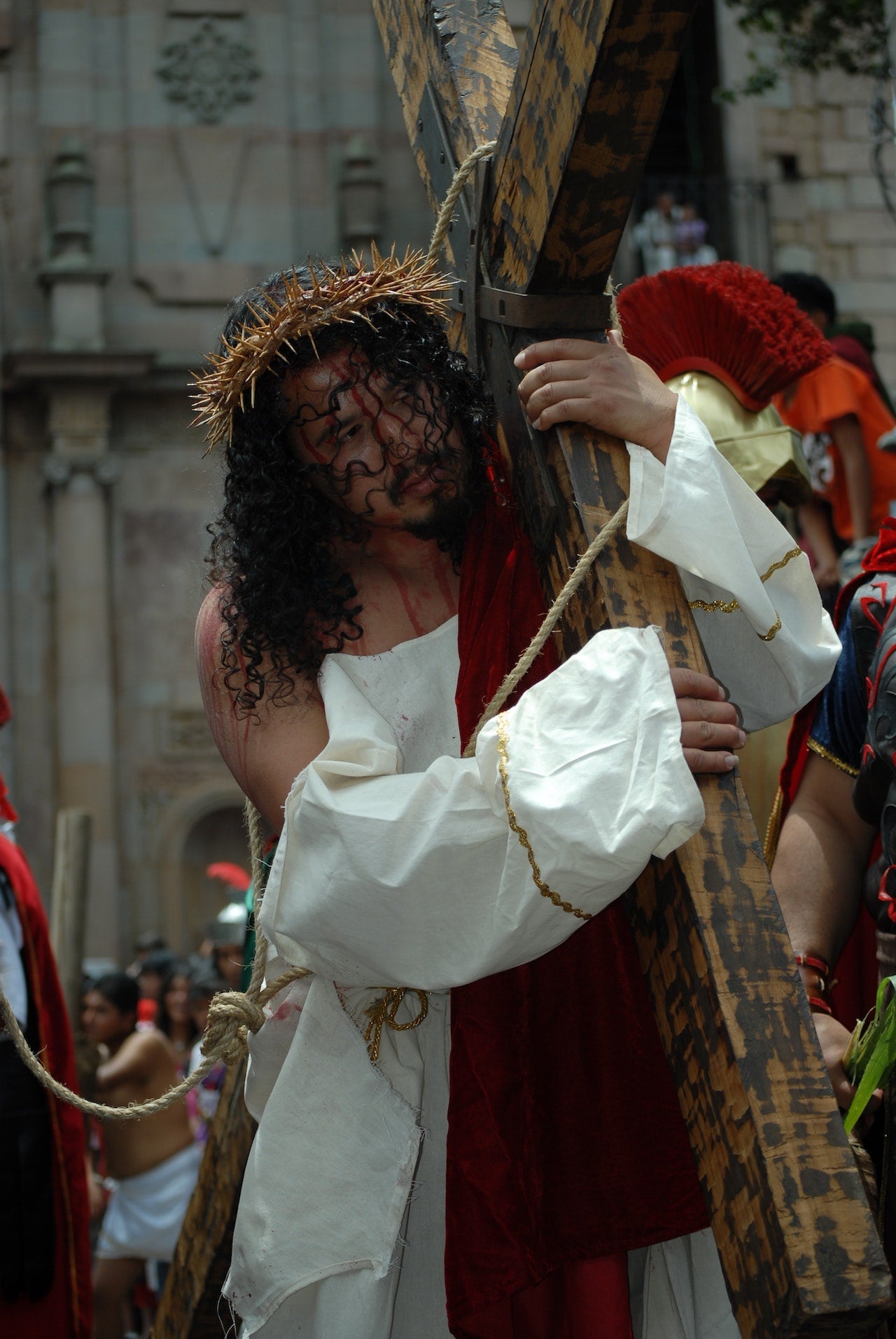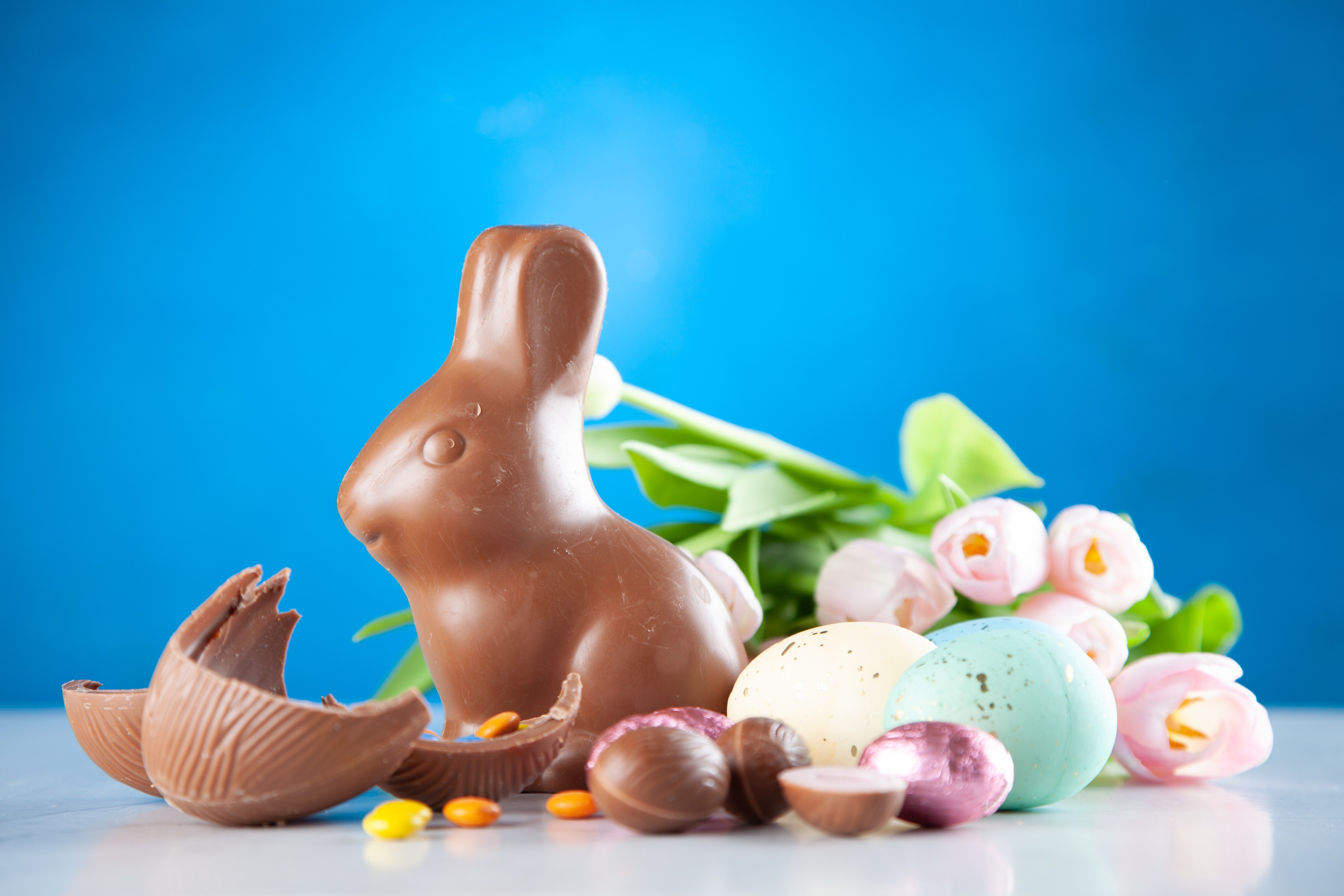
Explaining Easter, Christianity, and Jewish Faith to Children
Easter is a time of renewal, joy, and celebration, but it is also a time of reflection and spiritual devotion. As parents or grandparents, you may be wondering how to introduce your children to the meaning of Easter, Christianity, and Jewish faith. It can be a daunting task as kids learn best by example.
For example, growing up in an unconventional meld of religious beliefs, I would be jealous of my Catholic friends who attended the much more often glorified Midnight Mass on Christmas Eve. So while dancing with anticipatory delight while tossing and turning at an early bedtime, I knew my friends were up late. When they got home, they would be allowed to celebrate by opening all their gifts for at least 8 hours before we would even be allowed a view of the parlor where all of our toys and trinkets would be arranged under the tree.
When I asked my parents why the reasoning was simple in their eyes, it was what Catholic believers did. There was no wrong or right, and all religions had ways of celebrating. I tried to be open to that as a whole concept, but the child in me was still green with envy.
When fielding questions or introducing the traditions that are shared among multi-faiths, it might not be as easy for a child to realize and accept the commonalities that co-exist between Judaism and Christianity, let alone the many religious traditions and beliefs out there, so although it can be hard to know how to introduce your children to the meaning of Easter, Christianity and Jewish faith, here are some tips on how to start this important conversation in an age-appropriate way.
Exploring Christianity
The most obvious way to introduce your children to Easter is through its Christian roots. It's worth noting that while Easter celebrates the Resurrection of Jesus Christ, it has also become a secular holiday in many countries worldwide. With this in mind, introducing your children to the Christian elements of Easter can be done both reverently and simply. Consider creating an Easter basket filled with items representing different parts of the story, such as eggs representing new life or candy representing sweetness. Additionally, attending a Christian service or reading stories from the Bible are great ways for your kids to learn more about Christianity and its impact on this holiday.
Exploring Judaism
While Judaism does not typically celebrate Easter as a religious holiday, it is still important for someone who identifies as Jewish—or who is raising their children with Jewish values—to explore the connection between Judaism and Easter. For example, since both holidays share themes such as rebirth or renewal after death or destruction (Passover/Resurrection), teaching your kids about these connections will help them better appreciate both faiths. In addition, you might consider exploring specific rituals such as Passover Seder or learning more about ancient Hebrew traditions associated with Springtime festivities to connect modern-day celebrations with their historical roots in Judaism.
Exploring both faiths together
Looking back, I suppose I was raised in an environment that allowed me to choose what faith to devote myself to when I became old enough to understand what symbolism and religious tract meant more within my soul. Or even if I wished to follow a path at all. I made my choice in my pre-teen years and, much later, opened my mind to embrace alternative angles and will quite possibly continue to do so as my life continues. Yet, the similarities still can hold different emotions, tenets, or cultures. That's what makes Easter stand out among the so-called "religious-based" celebrations.
Many families celebrate both Christian and Jewish elements during this season, which provides an opportunity for parents to teach their children about both religions without compromising either one's core values or beliefs. Asking questions like "How do we combine our Christian beliefs with our Jewish ones?" will spark meaningful conversations that allow you to explore each faith from different angles while emphasizing similarities between them rather than differences. Additionally, seeking out interfaith resources such as books or websites can make it easier for you and your family members to gain insight into both faiths at once.
Discuss how other cultures celebrate Easter.
Many families celebrate both Christian and Jewish elements during this season, which provides an opportunity for parents to teach their children about both religions without compromising either one's core values or beliefs. Asking questions like "How do we combine our Christian beliefs with our Jewish ones?" will spark meaningful conversations that allow you to explore each faith from different angles while emphasizing similarities between them rather than differences. Additionally, seeking out interfaith resources such as books or websites can make it easier for you and your family members to gain insight into both faiths at once.
Talk to your kids about different customs from around the world and explain why these customs are special in their culture. This helps kids understand that although we all come from different backgrounds, we still share common experiences regardless of our beliefs or faiths, which can lead to further conversations about respect for one another's differences too.
Teach through storytelling.
One of the most effective ways to teach children about the meaning of Easter is through storytelling. You can use stories from the Bible, such as Jesus's resurrection, or tell stories about how your family celebrates Easter each year. This will help them gain an understanding of why we celebrate this special holiday and how it's connected to our faiths.
Emphasize that the Bible is a book full of stories about God's love for us all and how God sent Jesus as a sign of that love. Explain that Easter is a celebration of Jesus rising from the dead—a symbol of hope after death—and talk about how his resurrection gives us hope for our own lives. You can also discuss how Jesus' teachings were filled with love for others, peace, patience, and kindness—all values you want your children to emulate in their lives.
Explain the religious significance of Easter.
By the time I was old enough to share feelings that didn't revolve around chocolate bunnies, candy-shelled eggs, fingers stained with dyes, and a new set of dress clothes and shoes ( yes, girls wore hats and white gloves while young lads looked dapper in a suit and tie ), my friends and I would share the solemnity and reverence white gathering at one street corner or another on Good Friday and convince each other that the sky did visibly darken between 2 and 3 p.m.
None of us aren’t speak in more than a whisper, and at that end of our own rite of passage, the Lord's Prayer was the way we ended that bond. Then it was back to some serious bicycle riding adventure and the promise to call everyone on Sunday after church to share what treasure the Easter Bunny left out for us.
Explaining the religious significance of Easter is important when teaching kids about this holiday. For Christians, it marks the day Jesus rose from death and ascended into heaven, while Jews believe Passover commemorates God's deliverance from Egypt after 400 years of slavery. No matter what your religious background is, it's important for kids to understand why their families gather together during this special time and why we celebrate with certain traditions like exchanging gifts or attending church services.
A wonderful opportunity to grow in faith
Easter is a special time of year that marks renewal and rebirth for many people worldwide, regardless of their faith backgrounds or belief systems. Introducing your children to the meaning behind this special day doesn't have to be complicated; rather, it's an opportunity for families across cultures and faiths alike to come together in celebration of common themes like love, hope, and joy! By exploring each religion separately and looking at them side by side, parents can ensure that their little ones fully understand why this season matters so much—and why it's important no matter what faith they practice now or choose later on in life.
As for myself, my own inner celebrations still include the true meanings behind every religious-themed day of recognition. Christmas may not be filled with hours spent in front of the tv anymore, but I still have my favorites and can sleep through the night without being overly stimulated with excitement. Easter will alternate its time every year to follow the true equinox of the sun and planetary alignment. Still, every Good Friday, you will find me in some silent repose in the mid-afternoon while the heavens above welcome home their prodigal son.
Blessings to you and yours.

